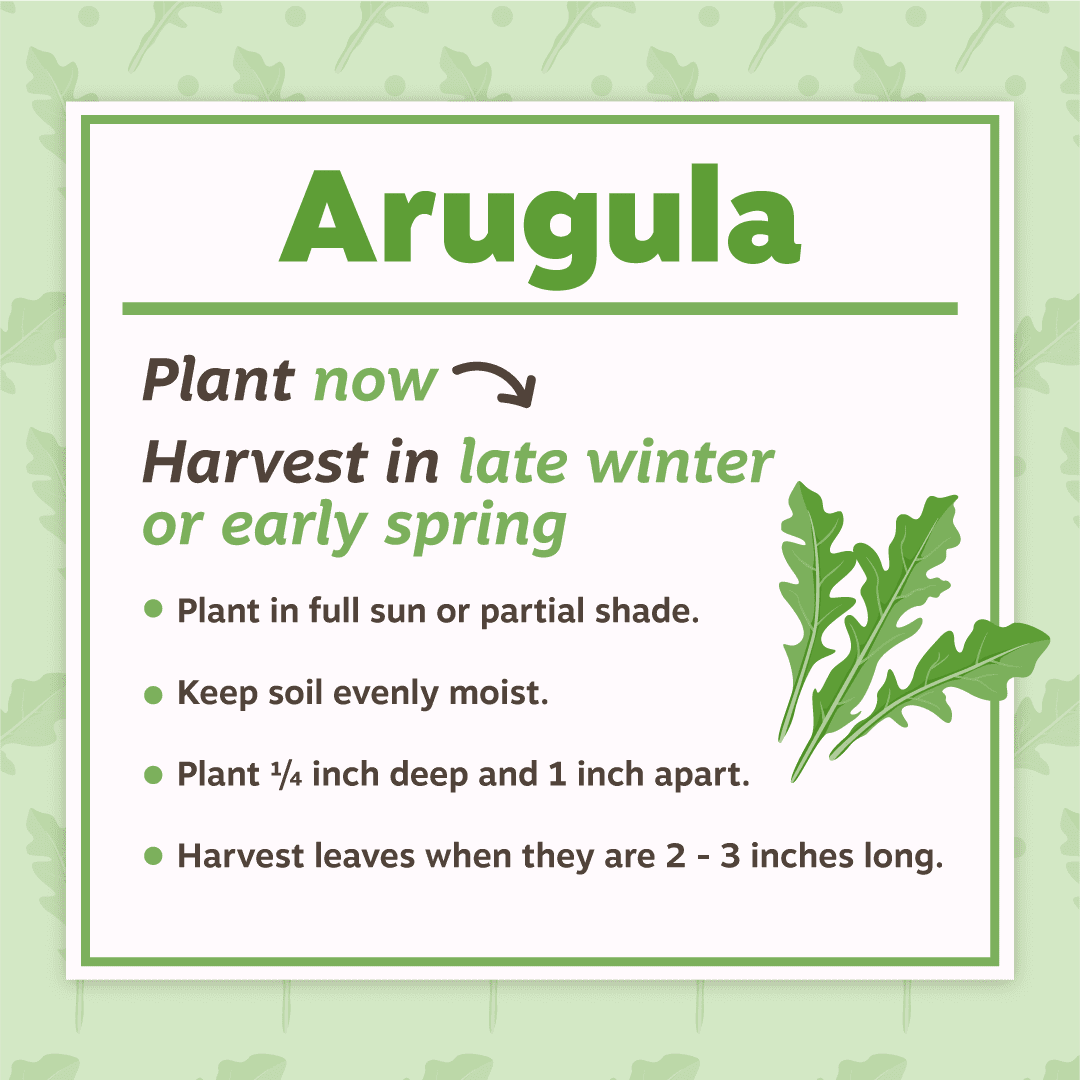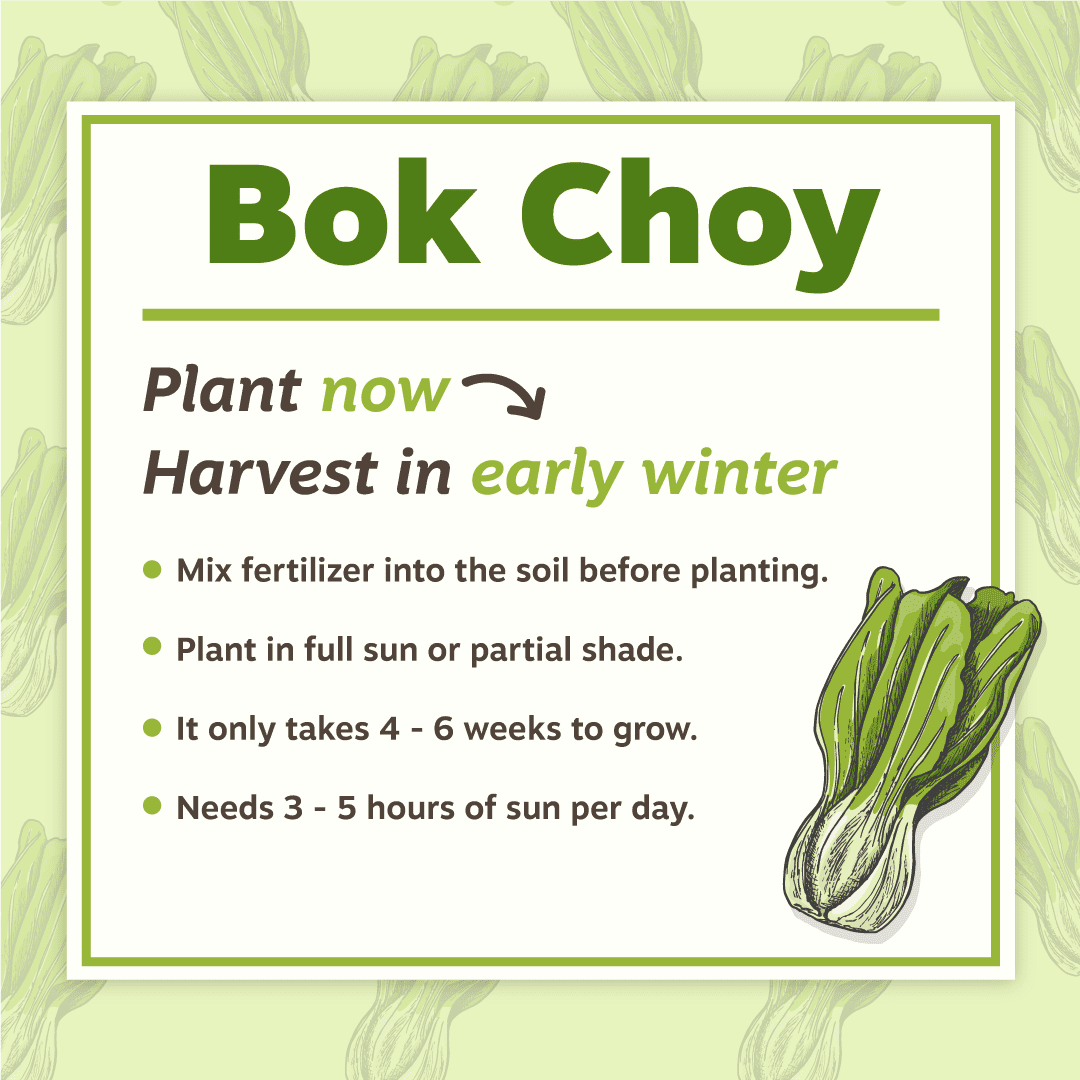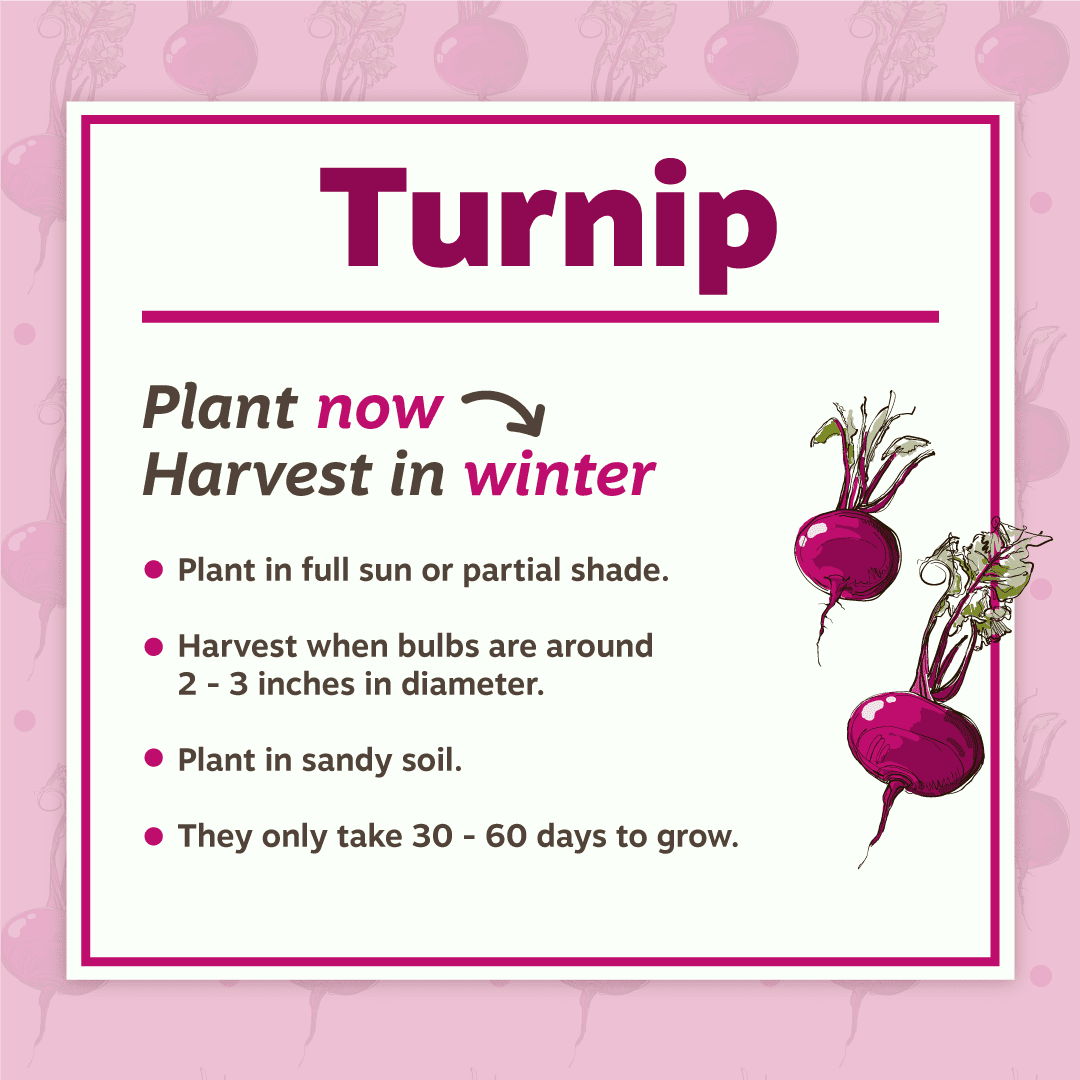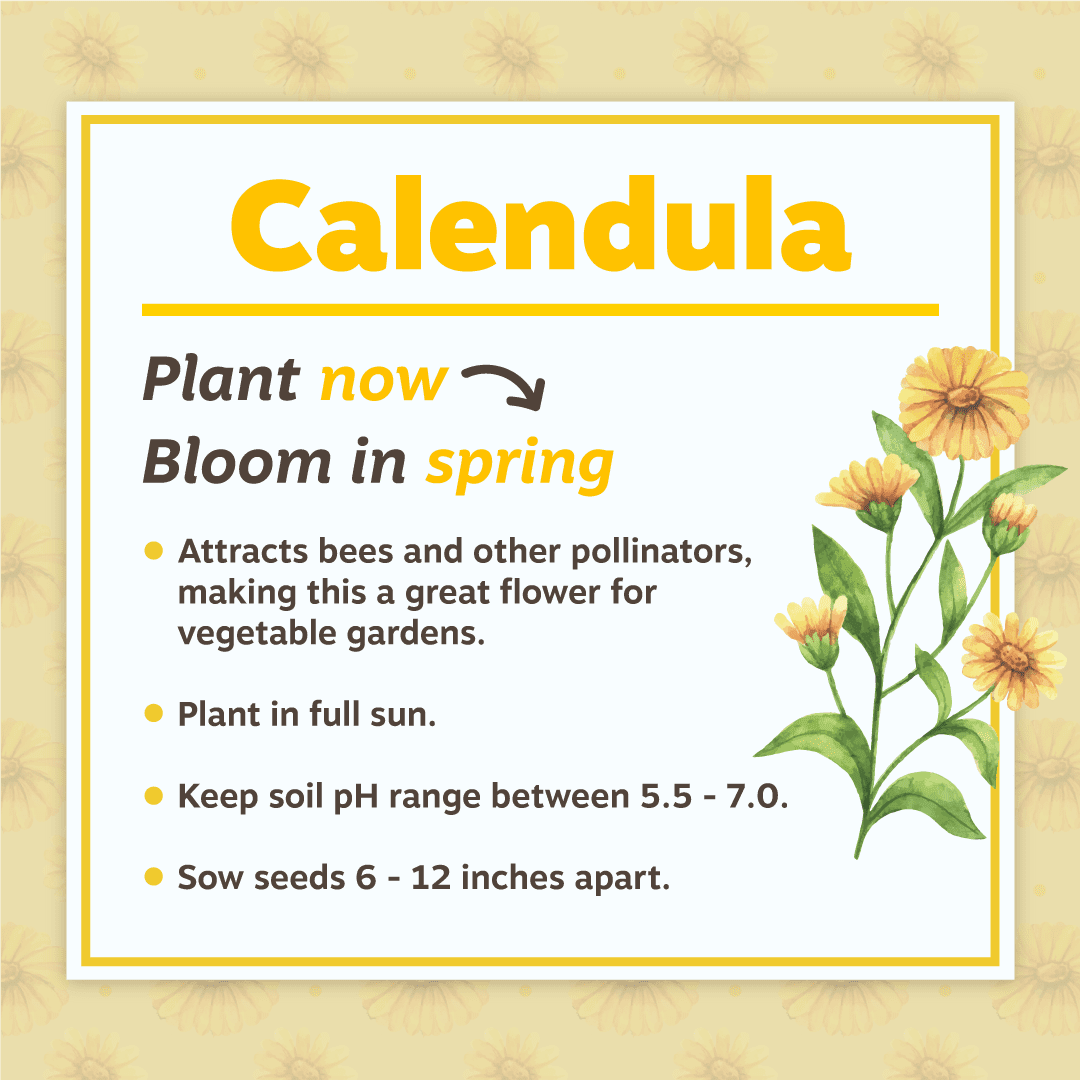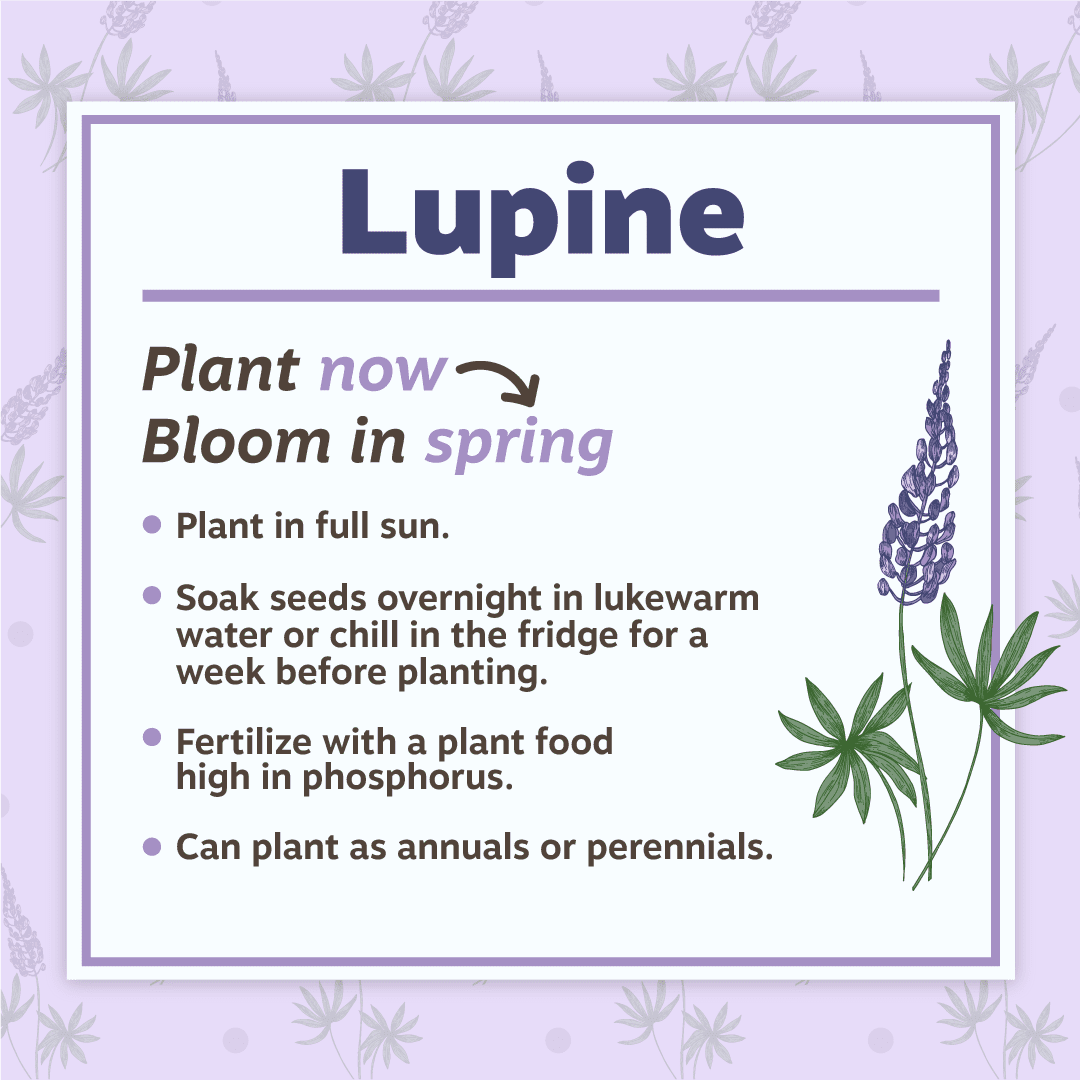December marks the beginning of winter in Southern California. While many regions experience freezing temperatures and snow during this time, Southern California’s mild climate allows for gardening throughout the season.
Our December planting tips give you the best winter veggies and flowers to get a head start on spring. All plants are available at the Anawalt Nursery.
Reasons to Plant in December
- Mild Winter Weather: Unlike many other regions, Southern California’s winter temperatures rarely drop below freezing, making it possible to continue gardening throughout the season.
- Seasonal Plants and Vegetables: Many plants and vegetables thrive in the cooler months, such as Brussels sprouts, kale, and pansies. Planting now will ensure a beautiful garden all winter long.
- Preparation for Spring Harvest: Planting certain cold-hardy crops now will allow them to establish themselves over the winter months and be ready for harvest in early spring.
What to Plant in Southern California
Arugula
Plant now → Harvest in late winter or early spring
Arugula is a peppery green that thrives in cooler temperatures, making it an excellent choice for winter planting.
Tips for Growing Arugula
- Choose a spot with full sun or partial shade and fertile, well-drained soil.
- Plant seeds 1/4 inch deep and 2–3 inches apart in rows spaced 10–12 inches apart.
- Keep the soil consistently moist to prevent the leaves from becoming bitter.
- Harvest leaves when they are 2–3 inches long.
Bok Choy
Plant now → Harvest in early spring
Bok choy is a nutritious vegetable that can be grown year-round in Southern California. Planting in December ensures a bountiful harvest in late winter or early spring.
Tips for Growing Bok Choy
- Choose a spot with full sun or partial shade and well-drained soil. Bok choy needs 3–5 hours of sun per day.
- Mix fertilizer into the soil before planting.
- Plant transplants or seeds 6 inches apart.
- Bok choy takes only 4–6 weeks to grow.
Cabbage
Plant now → Harvest in late winter or early spring
Cabbage is a cold-hardy vegetable that can be planted in December for a late winter or early spring harvest.
Tips for Growing Cabbage
- Sow in sandy soil with full sun exposure.
- Till in aged manure or compost to prepare soil.
- Plant transplants or seeds 12–18 inches apart, giving them room to grow.
- Don’t plant with broccoli and cauliflower, as they require similar nutrients and deplete the soil too quickly.
- Harvest heads when they are firm and fully formed.
Turnips
Plant now → Harvest in winter
Turnip greens are a nutritious and tasty addition to any winter garden.
Tips for Growing Turnips
- Plant in full sun or partial shade and sandy soil.
- Plant seeds 1/4 inch deep and 2–3 inches apart in rows spaced 12–18 inches apart.
- Keep the soil consistently moist, as dry conditions can cause the leaves to become bitter.
- Harvest leaves when they reach a desired size, leaving some on the plant for continued growth.
- Harvest when bulbs when they’re 2–3 inches in diameter.
- Turnips only take 30–60 days to grow.
Calendula
Plant now → Bloom in spring
Calendula, or pot marigold, is a bright and cheery flower that can be planted in December for blooms in late winter or early spring. The flowers bees and other pollinators, making this an excellent flower for vegetable gardens.
Tips for Growing Calendula
- Choose a spot with full sun exposure and well-drained soil.
- Keep soil pH range between 5.5–7.0.
- Plant seeds 1/4 inch deep and 6–12 inches apart.
- Water regularly, but be careful not to overwater.
- Deadhead spent flowers to encourage continuous blooming.
Lupine
Plant now → Bloom in spring
Lupines are a beautiful and drought-tolerant addition to your winter garden.
Tips for Growing Lupine
- Choose a spot with full sun exposure and well-drained soil.
- Soak seeds overnight in lukewarm water or chill in the fridge for a week before planting.
- Plant seeds 1/4 inch deep and 12 inches apart in rows spaced 18–24 inches apart.
- Water occasionally. These plants are adapted to dry conditions.
- Fertilize with a plant food high in phosphorus.
- Can plant as annuals or perennials.
FAQs: December Planting Tips
Q: What are some good flowers to plant in December?
Calendula, pansies, and snapdragons are all great options for winter planting.
Q: When should I start harvesting my winter crops?
Depending on the crop, you can start harvesting as early as late winter or early spring. Follow specific instructions for each vegetable.
Q: Can I grow herbs in December in Southern California?
You can grow herbs like cilantro, parsley, and dill during December. These herbs thrive in cooler weather and can be planted in pots or directly in the garden. Place them in a spot with at least 4–6 hours of sunlight daily.
Q: How should I prepare my soil for winter planting?
Winter planting requires well-drained, nutrient-rich soil. Adding compost or aged manure before planting helps replenish nutrients. Testing the soil’s pH level and adjusting as needed will also enhance growth for winter crops and flowers.
Q: What cold-hardy vegetables can I plant in December?
Apart from arugula, bok choy, cabbage, and turnips, other cold-hardy vegetables include kale, spinach, and mustard greens. These crops tolerate cooler temperatures and often develop better flavors when grown in winter.
Q: How do I protect my plants from unexpected frost?
If frost is expected, cover your plants with frost cloths, burlap, or lightweight blankets at night. Watering your plants during the day can also help insulate the roots, as moist soil retains heat better than dry soil.
Q: Can I start seeds indoors in December?
Starting seeds for vegetables like tomatoes, peppers, and eggplants indoors in December is a great idea. Use seed trays with good lighting and transfer the seedlings outdoors when the weather warms up in late winter or early spring.
Q: How often should I water my winter crops?
Winter crops generally need less water than summer crops due to cooler temperatures. Water once or twice a week, depending on the weather and soil moisture.


